
Painful menstrual cycles, chronic pain in the pelvic area and infertility are only some of the problems associated with abnormal growth of endometrial tissue. Under normal circumstances this tissue forms lining of the uterus, but in women suffering from endometriosis, it ends up in different parts of the abdominal area (the fallopian tubes, ovaries…) or even different parts of the body altogether (lungs or the brain, in some cases).
Although this tissue is not located where it should be, it still reacts to hormonal changes in a woman’s body and bleeds when menstruation begins. This misplaced bleeding is, therefore, responsible for pain and other symptoms such as painful sexual intercourse, bloating, nausea, digestion problems and fertility issues.
How Common is Endometriosis?
No one can tell how many women actually have endometriosis. Although some women may suffer from great deal of pain due to endometriosis, there are many others who do not know they are suffering from the condition since it causes no symptoms. Certain number of patients responds well to initial treatment and pain management, so they do not worry or look into the problem further.
Because of these facts, it is estimated that about 1 in 10 to almost 5 in every 10 women suffer from endometriosis. Most of these patients are between 25 and 40 years of age. They happen to experience symptoms several years before the condition is finally diagnosed.
Any woman may develop endometriosis but someone who already has a family member suffering from this problem is more likely to develop it. Women using birth control (contraceptive pills) and postmenopausal women are less likely to develop this condition.
Untreated cases of endometriosis may either get better or worse, but the condition itself never progresses into a cancer since this is not cancerous or pre-cancerous problem. Endometriosis may cause blockage of the fallopian tubes, formation of adhesions and scarring, leading to possible infertility. It can also obstruct the bowels or ureter.
Endometriosis Pain Relief
Pain in the lower back and pelvic region, as well as heavy bleeding during or between the periods are most commonly reported problems in endometriosis patients. That is why many of them use pain killers, such as paracetamol (for mild symptoms between the periods). Some patients find non-steroidal anti-inflammatory drugs (NSAIDs) like ibuprofen, naproxen or diclofenac better than paracetamol, but their use might cause certain unwanted side effects.
Codeine is even more powerful drug than NSAIDs and can be combined with paracetamol or used alone. However, this drug also causes adverse effects with constipation as the most prominent one.



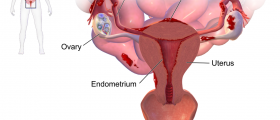
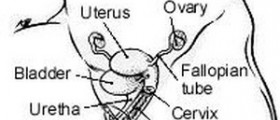

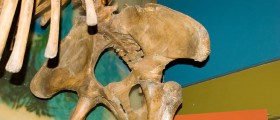
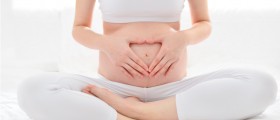




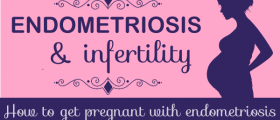




Your thoughts on this
Loading...